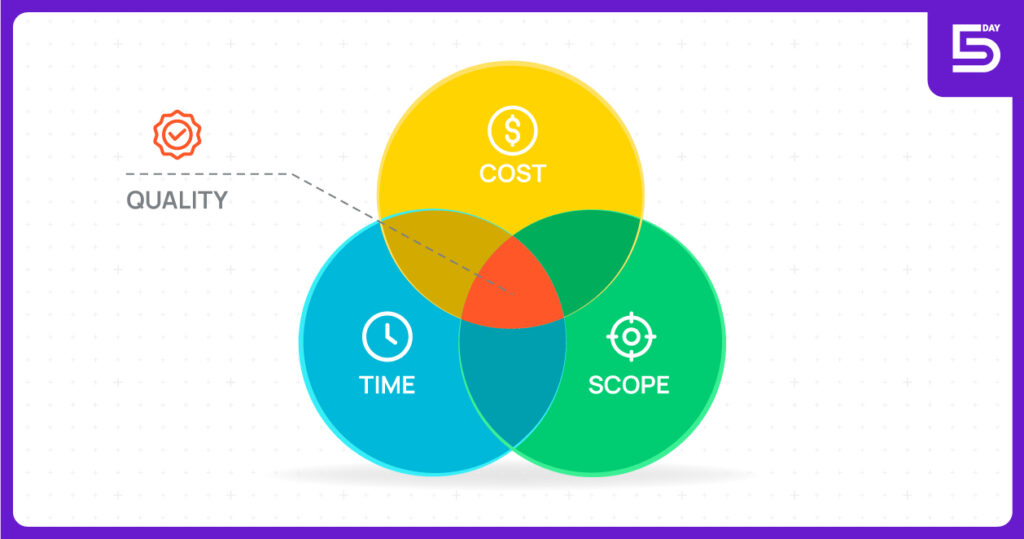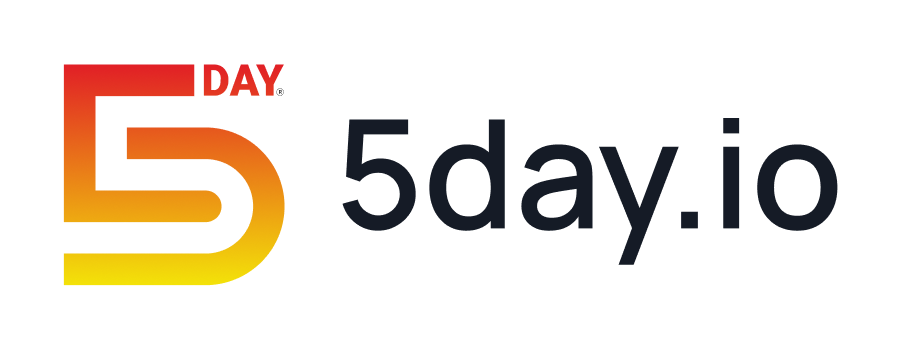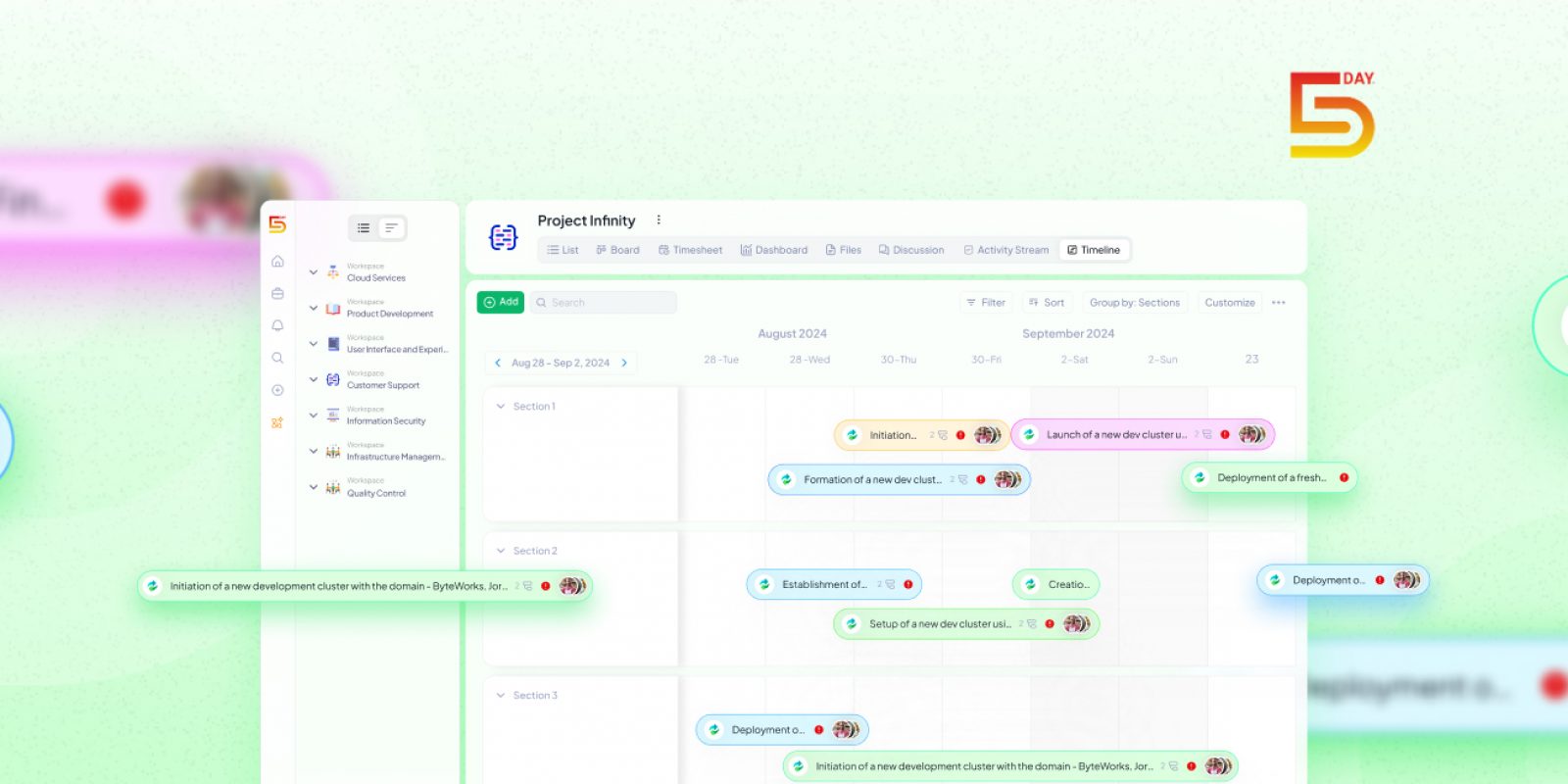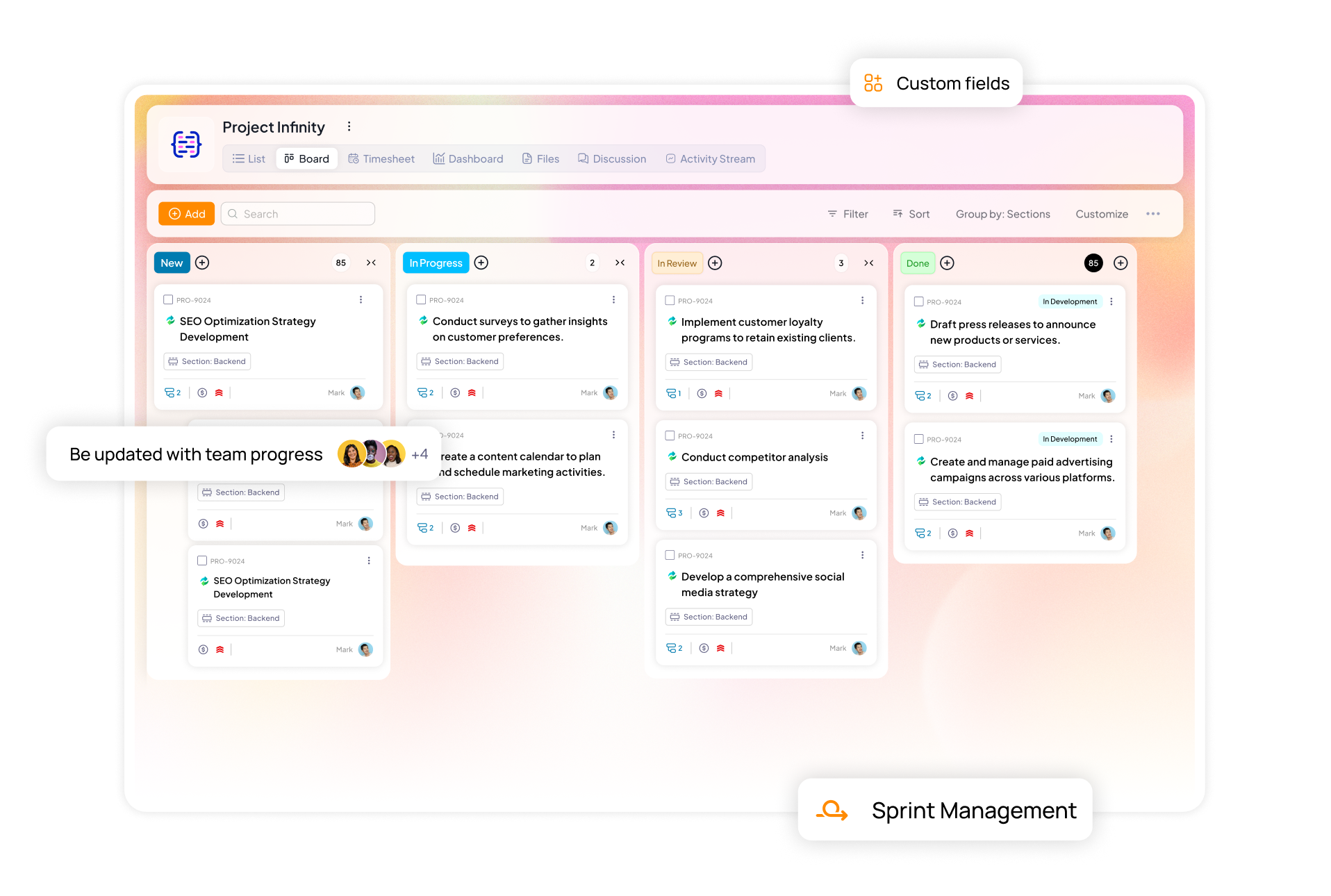Keeping costs under control is every project manager’s secret weapon, but in a world where budgets spiral and surprises lurk around every corner, how do you stay ahead?
This article explores what project cost management is, its key elements and how you can create a cost management plan to turn your projects into efficient machines.
What is project cost management?
Project cost management is a process used to plan, estimate, budget, and control costs during the project lifecycle. It is not about cutting expenses; it’s about making every dollar work smarter. Cost management is crucial element that directly impacts on your project’s profitability.
What is a project cost management plan and how to create one?
A cost management plan is a document that assists project managers in estimating, allocating, and controlling a project’s costs. It is formed with one end goal only: to close the project within the budget allocated.
It is one of the 3 important pillars of project management triangle:
Time, cost and scope

A project’s cost management process is iterative as it shifts throughout the project lifecycle based on its needs. But despite being a fluid process, there are four fundamental processes at the center of cost management plan that make your goals a reality. These are:
1. Planning Resources
Resource planning is the very first step you need to consider in your cost management plan. It is a process used by cost managers to determine what resources will be needed to successfully execute the project. The various types of resources considered at this point are:
- Equipment
- Money
- Time
- Tools
- Team members
Having an accurate resource plan is crucial, as the success of your entire project hinges on the capacity/capability of your resources. To create an accurate resource plan:
- Get accurate time and bandwidth input from all the relevant department heads
- Create a detailed Work Breakdown Structure
- Prepare a project scope statement
- Consider all the dependencies between departments
2. Estimating Cost
After creating a resource plan, cost estimation in project management is vital. It will help you gauge the cost of procuring the resources. To do that, divide your resources in two sections:
- Tangible resources: These resources include tools, equipment, and hardware needed to execute the project. The cost quotes for these resources come from the suppliers.
- Non-tangible resources: These resources include team members. To gauge the cost of knowledge workers, talk to contractors and get a realistic idea of what is needed to complete your project.
Pro tip: Always consider unplanned costs like licenses, unplanned software subscription, food and beverage costs and other overheads while creating a cost estimation plan. Also, add a 10% buffer budget to your plan that accounts for scope creep, project delays and more.
3. Budgeting Cost
Based on your cost estimations, now you can calculate your budget costs. Your budget should cover 3 aspects:
- What amount are you planning to spend?
- How are you spending the budget?
- When will you be spending the amount?
Determining when you will spend the budget may seem minor, especially if you have a big budget. But it is an important step in this process that will manage the project cost.
For example:
If you have a 6-year project, you can specify that only 25% of the budget be used in the first phase. 45% be used in the second phase and the remaining 30% be used in the final phase of the project. To accurately determine this, prepare a detailed and realistic WBS structure and project plan, and assign budget accordingly.
4. Control Cost
After your budget is decided and your project is up-and-running, it is time to focus on your project’s budget tracking. For accurate cost control, it is important to monitor, record and compare the real-time expenses with your budget.
This will help you stay close to the estimated cost, make adjustments when needed and win your stakeholders’ trust by keeping them in the loop about all the changes.
The frequency of monitoring your budget will depend on the type of project. It can vary from weekly monitoring for high-risk projects and monthly or quarterly reviews for low-risk projects.
A project management tool is an important investment that gives you a detailed breakdown of the status of projects and tasks. You can know who is clearly assigned to execute the work, its progress, and create detailed reports for the same.
Importance of project cost management
Drastic changes in a project’s cost can have severe consequences, as cost and profit building are at the core of any project. Derailing from cost can lead to revenue loss, damaged client relationships and much more.
For example:
A construction firm is given a client’s large-scale office building project and is faced with escalating costs due to material price fluctuations.
To address this, they implement a cost management strategy by sourcing materials in bulk early in the project to lock in lower rates.
They also introduced a phased payment system with contractors, tying payouts to milestone completions to prevent timeline delays and additional labor costs.
Weekly budget reviews with the client provide transparency, allowing for real-time adjustments, such as reallocating funds from less critical tasks to essential ones.
This strategy kept the project within budget while maintaining the agreed-upon timeline and quality.
Key steps in project cost management
Now that we know the importance of cost management in project management, let’s look at the steps to create it.
- Identify the stakeholders
- Assess the resources needed to execute the project
- Clearly define costs associated with each resource needed
- Create a project budget based on the input
- Define lower and upper thresholds for cost control
- Identify key performance indicators for the project
- Decide on a project management tool
- Form a review cycle plan
- Predict risks associated with budget, scope creep, and time constraints
Project Cost Management Template with Example
Category | Description | Estimated Cost (₹) | Actual Cost (₹) | Variance (₹) | Remarks |
1. Labor Costs |
|
|
|
|
|
Salaries | Employee salaries and wages |
|
|
|
|
Contractors | External consultants or contractors |
|
|
|
|
Overtime Pay | Additional pay for extra hours |
|
|
|
|
2. Material Costs |
|
|
|
|
|
Raw Materials | Basic materials required |
|
|
|
|
Consumables | Short-term or disposable materials |
|
|
|
|
3. Equipment Costs |
|
|
|
|
|
Equipment Purchase | New equipment costs |
|
|
|
|
Equipment Leasing | Rental or leasing charges |
|
|
|
|
4. Operational Costs |
|
|
|
|
|
Utilities | Electricity, water, internet, etc. |
|
|
|
|
Maintenance | Repairs and regular upkeep |
|
|
|
|
Office Supplies | Stationery, tools, etc. |
|
|
|
|
5. Contingencies |
|
|
|
|
|
Risk Allowances | Budget for unforeseen expenses |
|
|
|
|
Emergency Funds | Allocated for critical needs |
|
|
|
|
6. Other Costs |
|
|
|
|
|
Training | Employee training and upskilling |
|
|
|
|
Travel Expenses | Travel and lodging for the project |
|
|
|
|
How does 5day.io help in managing project costs?
5day.io is a comprehensive project management tool built for complex projects. It helps project managers with cost management and budget tracking with features like:
- Streamlined Workflows: By centralizing task management and collaboration, 5day.io reduces inefficiencies like duplicate efforts and miscommunication, saving both time and operational costs.
- Timesheets for Accurate Tracking: Timesheets allow teams to monitor how much time is spent on each task or project, helping managers identify inefficiencies and address them before they escalate into cost overruns.
- Analytics: With customizable analytics and widgets, project managers can analyze project progress, spot bottlenecks, and evaluate task completion trends. This can be used to make smarter decisions that prevent delays and unnecessary spending.
- Improved Accountability: Clear task prioritization and deadline tracking make sure that resources are allocated effectively, minimizing wasted effort and rework.
Want to start your project management journey? Start now and try all the premium features free for 30 days.
Frequently Asked Questions
1. How to calculate project costs?
To calculate a project’s costs accurately, consider all the resources you need, break down each of their costs, and create a budget with buffer after adding resources cost.
2. What are some different types of cost management methodologies?
There are multiple types of cost management methodologies out there including:
- Activity based costing
- Standard costing
- Marginal costing
- Target costing
- Earned Value Management
- Parametric estimating
- Sunk cost
- Absorption costing
- Analogous estimating
- Bottom-up estimating
- Job costing
- Process costing
- Three-point estimating
- Historical costing
- Lean accounting
- Operating costing






